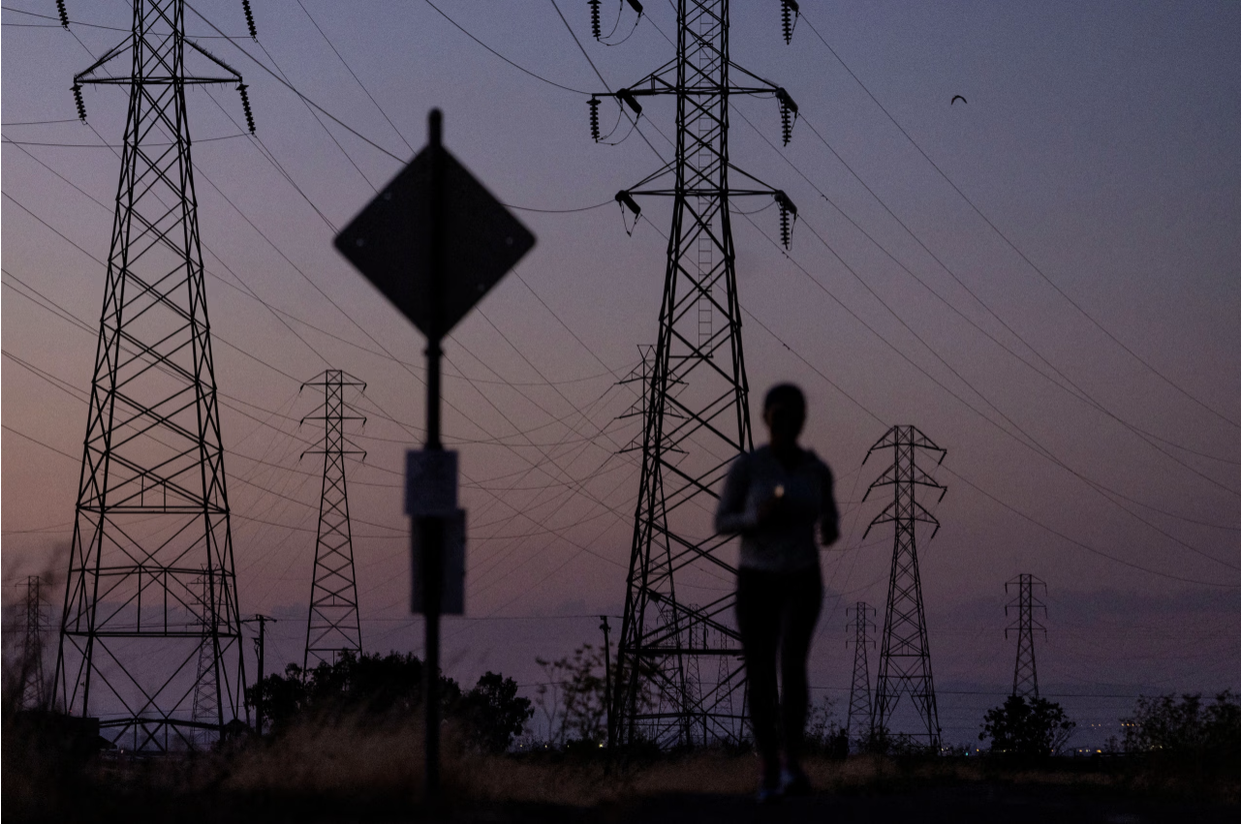By: The Editorial Board – wsj.com – July 20, 2025
Power shortages are coming thanks to wind and solar subsidies. Here’s how they distort energy investment.
As we’ve been writing for years, the reliability of the U.S. electrical grid is in trouble. The Energy report projects potential power shortfalls in 2030, as 104 gigawatts of baseload power retire in the next five years. But here’s the really bad news: That shortfalls will exist even if that production is replaced, as expected, with 209 gigawatts of the mostly solar and wind generation under development.
Americans would lose power in 2030 for an average of 817.7 hours (34 days), assuming typical weather conditions. If heat waves or storms stress the grid, outages could reach 55 days. Even without plant shutdowns, Americans would lose power for 269.9 hours (11 days) amid demand growth. The power shortages would be worse in middle America, where demand is growing fastest owing to AI data centers and renewables are displacing coal and gas.
How can this be? The answer is that the Inflation Reduction Act turbo-charged subsidies for wind and solar in ways that are distorting energy investment. Because the subsidies can offset more than 50% of a project’s cost, solar and wind became more profitable to build than new baseload gas plants. The credits enable wind and solar to under-price coal and gas plants in competitive power markets.
Any wonder that solar, wind and batteries (which also qualify for IRA subsidies) are projected to make up 93% of new utility-scale electricity capacity this year? Coal, nuclear and gas plants are still needed to back up solar and wind, but they can’t make a profit running only some of the time. Thus many have been closing, jeopardizing grid reliability.
The renewable lobby claims that new gas plants can’t be built in time to meet rising power demand. Ergo, the argument goes, taxpayers must subsidize wind and solar to meet electric demand. But if what they say is true, why do wind and solar need subsidies? There will be a market incentive to build wind and solar anyway.
It’s true there’s a shortage of new gas turbines owing to surging global demand. But turbine manufacturers are expanding production, and the phaseout of the IRA tax credits will provide them with more certainty to make investments in new capacity.
Turbine makers expanded production in the early 2000s as demand for new gas plants rose, but they were left with excess capacity when demand weakened last decade. That was in part because federal subsidies and state renewable mandates encouraged utilities to procure power from solar and wind in lieu of gas.
Wind and solar projects also face long wait-times to connect to the grid—from four to nine years according to a recent study. The IRA increased delays by increasing the projects in the pipeline. So the phaseout of the tax credits could benefit renewable projects that don’t need subsidies to be economic.
***
The claim that tax credits reduce electric rates is contradicted by experience. Wind and solar must be backed by peaker gas plants or batteries, which both cost more than three times as much as baseload power. Renewables also cause price spikes when there are power shortages, and they require more transmission investments to balance fluctuations in loads and frequencies.
All of this is why Texas’s residential power prices have risen some 40% over the last seven years. The renewable lobby says the financial benefits of the tax credits are passed onto electric customers, which may be true when state-regulated utilities build projects. But the credits usually pad the profits of independent generators.
The best way to make the grid reliable again is to let supply and demand work in energy markets without the distortions of mandates and subsidies. The GOP budget bill takes a step in that direction that should be welcomed.
To see this article in its entirety and to subscribe to others like it, please choose to read more.
 Listen Online
Listen Online Watch Online
Watch Online Find a Station in Your Area
Find a Station in Your Area









 Listen Now
Listen Now Watch Online
Watch Online
